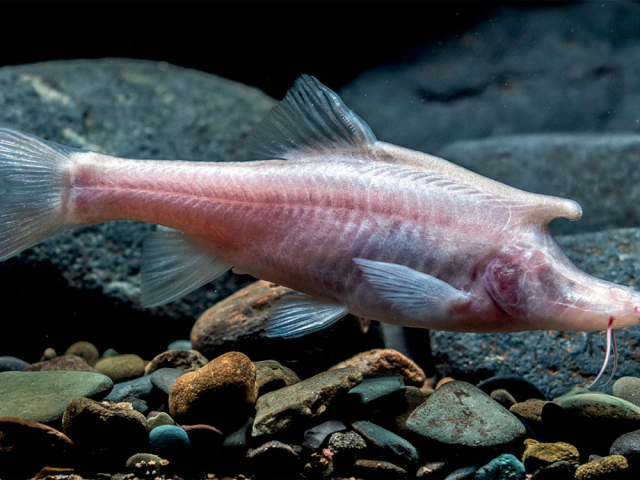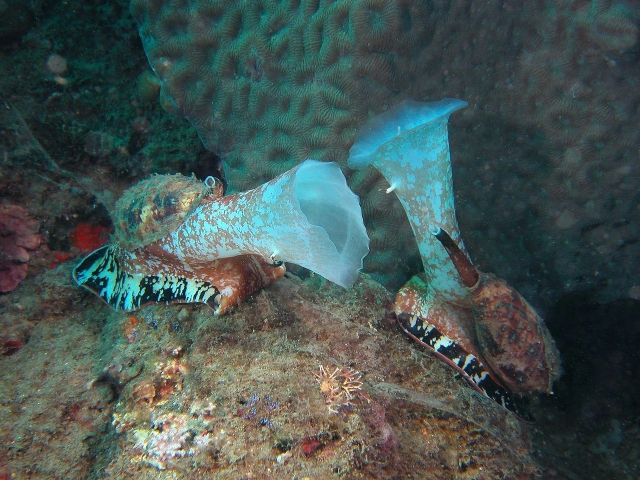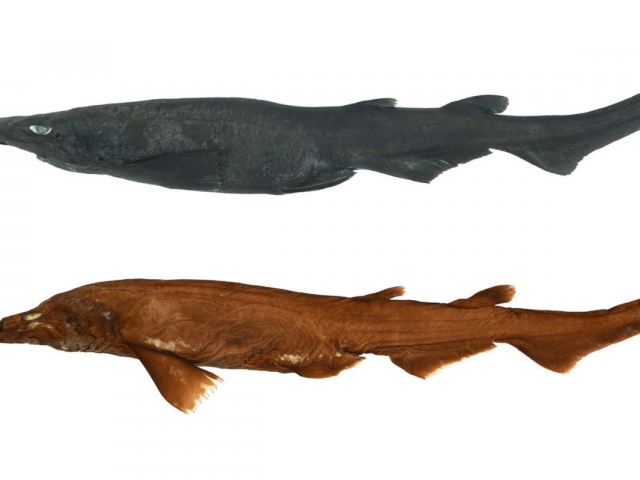
Top 5 locations for stargazing
Astrotourism is becoming more popular every year. People are willing to travel thousands of kilometers to admire the stars. But which places on Earth are considered the best for this? Let's find out now!




Unicornfish
Half a year ago, inside a cave in a deep freshwater pond located in China's Guizhou province, scientists stumbled upon an unknown fish species. The fish is blind and also lacks scales or any pigmentation but has a horn-like formation protruding from its head. Classified under the Sinocyclocheilus genus, it was given the scientific name of S. longicornus. The purpose of this horn is still unknown. Unlike other deep-sea species, where such a projection lights up their path, acting as a sort of natural headlamp, the unicorn fish's horn seems to have no apparent function. This mystery remains to be solved.

Snailfish
An extraordinary blend of snail and fish, this curious creature belongs to the sea cucumber family. Discovered by an international team from Australia and Japan, this particular fish was filmed at a staggering depth of 8,336 meters. Known as the Pseudoliparis, this white snailfish stands as one of the world's deepest sea dwellers. Interestingly, only young snailfish reside at such profound depths, while mature specimens stay closer to the surface.

Catshark
In July 2023, Australian scientists unveiled a new species of catshark named Apristurus ovicorrugatus. These sharks are uniquely recognized by their elongated cat-like eyes. Additionally, these sharks lay unusual egg capsules with T-shaped ridges. These creatures are commonly found nesting along Australia's northwest coast, typically hiding in coral formations 400-500 meters below the surface.

Vampire fish
This eel-like being, colloquially known as the vampire fish, is a curious marine parasite. Scientifically referred to as Petromyzon marinus, it is more commonly known as the sea lamprey. It lives predominantly in the United States waters, including the renowned Great Lakes: Superior, Michigan, Huron, Erie, and Ontario.
The sea lamprey is a danger to other lake inhabitants as it latches onto its prey and sucks down blood and body fluids, leaving its victims weakened or dead. Their population in the Great Lakes saw a significant uptick during the COVID-19 pandemic. With restrictions in place, experts were unable to manage and control their numbers, causing a surge in these carnivorous creatures.

Box jellyfish
Rounding off the list of captivating marine creatures is an enigmatic being found by scientists from the Hong Kong Baptist University. This new species of jellyfish was discovered in the ponds of the Mai Po Reserve in Hong Kong. At first glance, its transparent, square-shaped body measuring 2.5 cm across may appear delicate, but it holds a formidable secret. What truly sets this creature apart are its 24 eyes, divided into four groups. Each group sits at a corner of its square body, consisting of six eyes. Yet, its allure can be dangerously deceptive. Its elongated tentacles contain venom deadly enough to paralyze, disrupt heart function, and in some cases, even prove fatal to humans.

Astrotourism is becoming more popular every year. People are willing to travel thousands of kilometers to admire the stars. But which places on Earth are considered the best for this? Let's find out now!